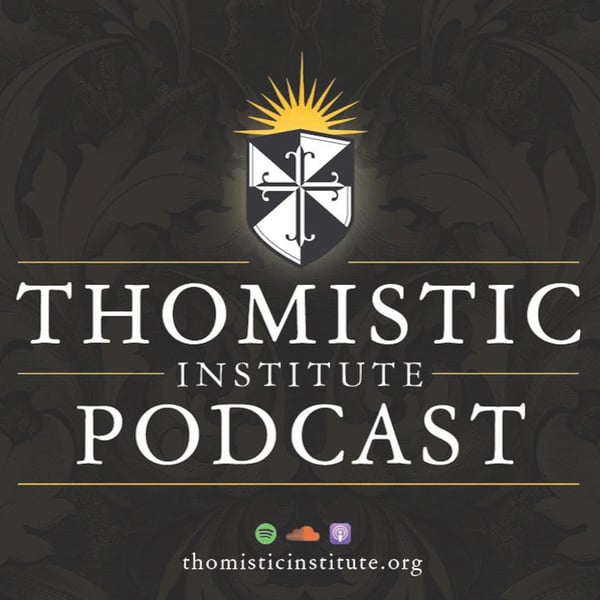Biotechnology, Suffering, and Human Aspiration | Dr. William Hurlbut
The Thomistic Institute
The Thomistic Institute
4.8 • 729 Ratings
🗓️ 29 March 2019
⏱️ 60 minutes
🧾️ Download transcript
Summary
This lecture was given by Dr. William Hurlbut (Stanford University) for a series at St. Catherine of Siena Parish in New York City on, "Health Care and God's Providence: Resources and Medical Professionals."
This series was co-sponsored by the Thomistic Institute, Archcare, and the Dominican Friars Health Care Ministry of New York.
Transcript
Click on a timestamp to play from that location
| 0:00.0 | So I want to talk with you today about the role of the physician. |
| 0:05.0 | And I kind of wrote this with the idea of mine of speaking to physicians, |
| 0:09.0 | but I wasn't quite sure what the community was right here in the medical center |
| 0:13.0 | applies to everybody in the medical profession, |
| 0:17.0 | and all of us who are sooner or later patients. |
| 0:21.6 | So what I want to do is talking about, basically about the challenge of medicine, |
| 0:27.6 | of biology. |
| 0:29.6 | Anybody who has been involved in healthcare over the past 30 years cannot help |
| 0:34.6 | to be struck by the dramatic changes in the role of the physician. |
| 0:40.3 | Economic pressures, demographic shifts, and new tools and techniques of medical intervention |
| 0:46.3 | have all driven fundamental changes which in turn have affected the doctor-patient relationship. |
| 0:53.3 | Even as these changes have led to a much |
| 0:56.3 | decried loss of sensitivity and personalized care, another more subtle but significant transformation |
| 1:03.9 | is underway. Slowly with steadily, the role of the physician as a professional guided by an overarching and enduring ethic is giving way to a new image, one of exchange, |
| 1:17.6 | wherein the physician delivers a technical service in response to a demand driven by the patient's desires or perceived needs. |
| 1:36.3 | This new relationship is encoded in the very language of our modern medical culture. The doctor and the patient, that's what they were called when I was trained, |
| 1:40.3 | the doctor and the patient have now become the health care provider and the client. |
| 1:46.0 | And beneath this change, propelled by the powers of our advancing biotechnology, |
| 1:52.0 | there is a revision in the meaning of medicine. |
| 1:56.0 | The traditional role of medicine has been to cure disease and alleviate suffering, to restore |
| 2:02.6 | and sustain the patient to the natural level of functioning. |
| 2:10.6 | The medical arts were in the service of a wider reverence and respect for the natural order. |
... |
Please login to see the full transcript.
Disclaimer: The podcast and artwork embedded on this page are from The Thomistic Institute, and are the property of its owner and not affiliated with or endorsed by Tapesearch.
Generated transcripts are the property of The Thomistic Institute and are distributed freely under the Fair Use doctrine. Transcripts generated by Tapesearch are not guaranteed to be accurate.
Copyright © Tapesearch 2025.

